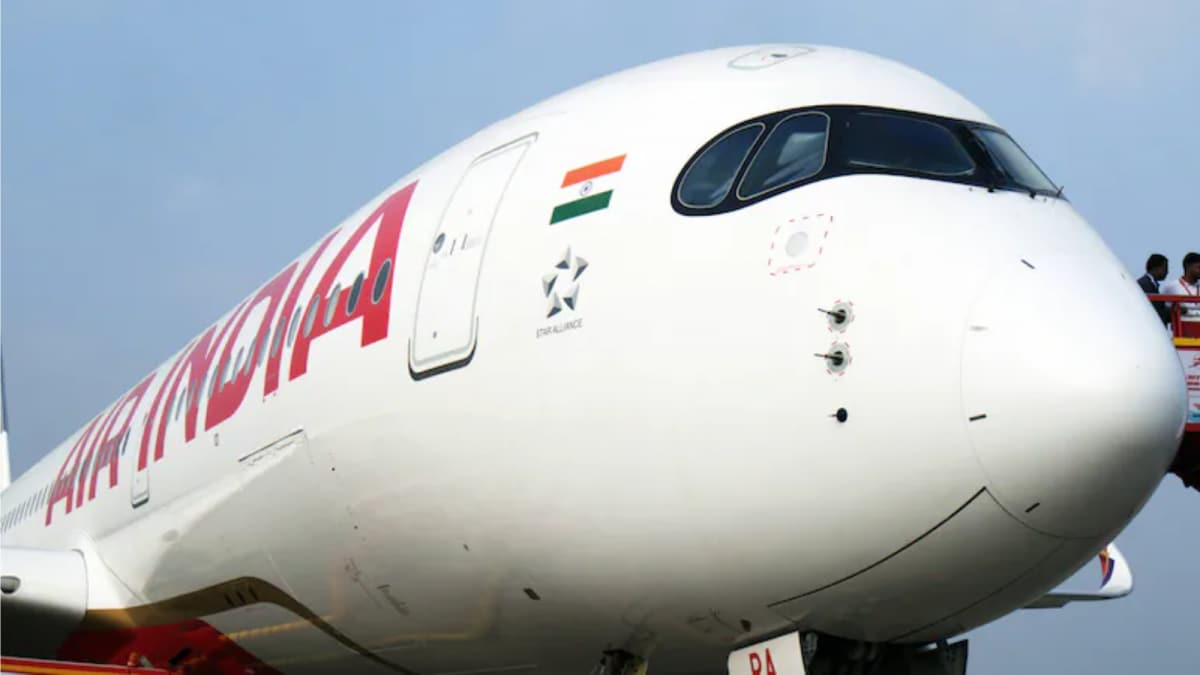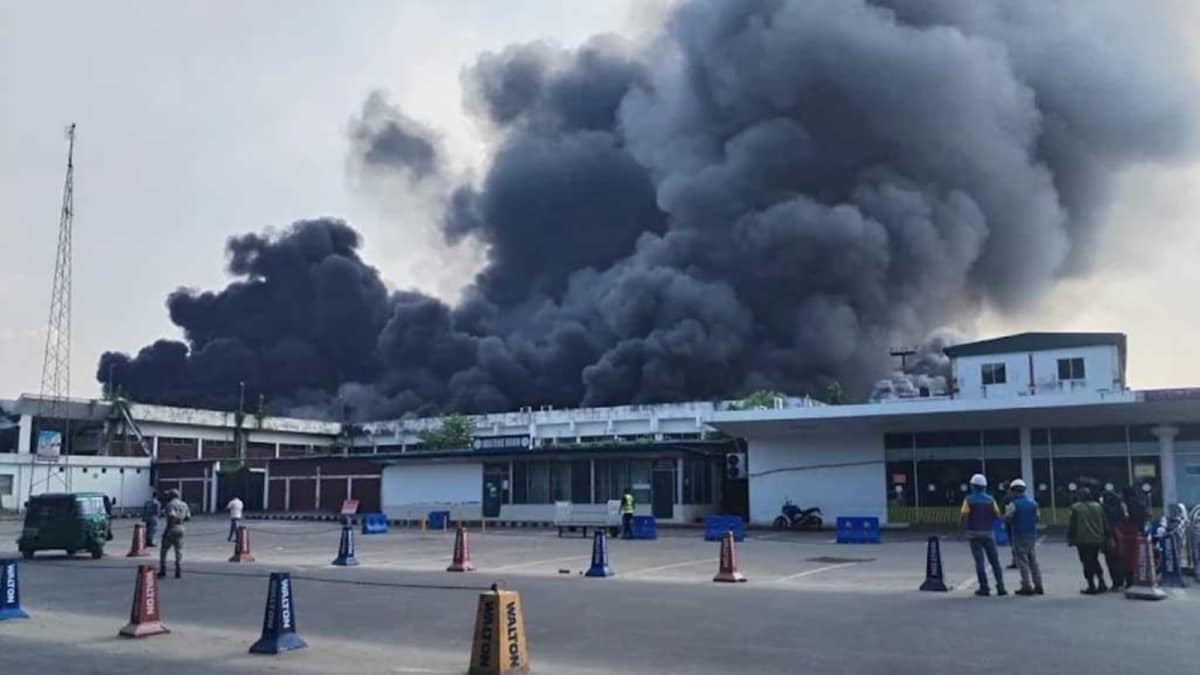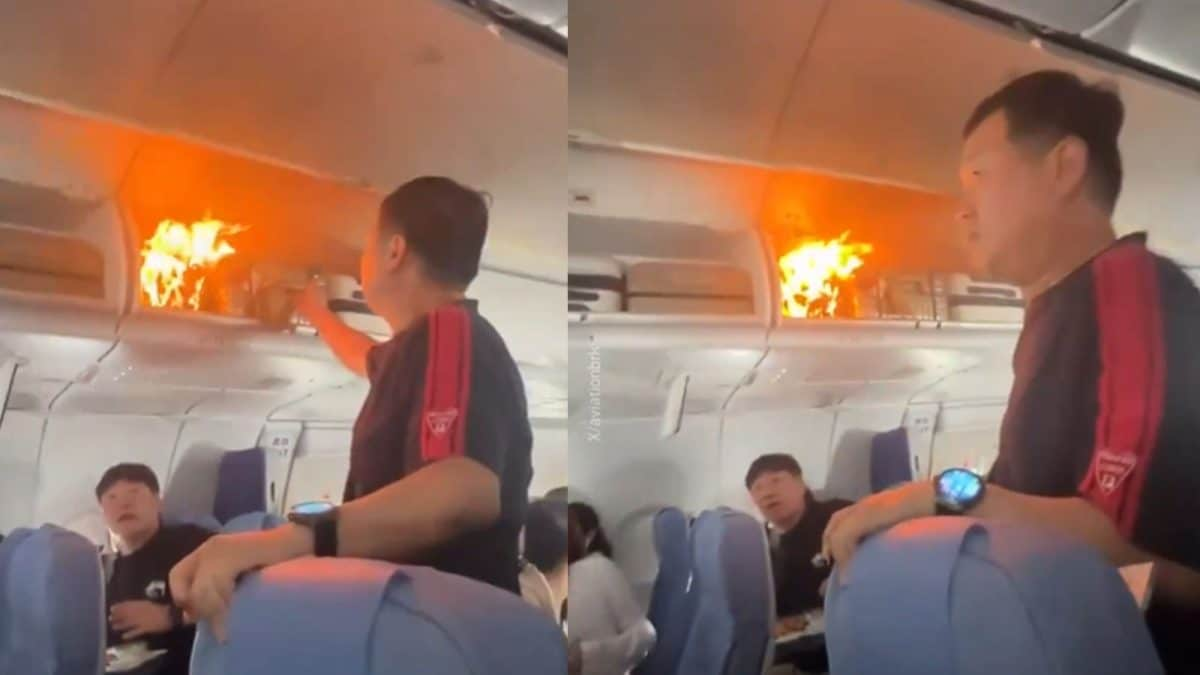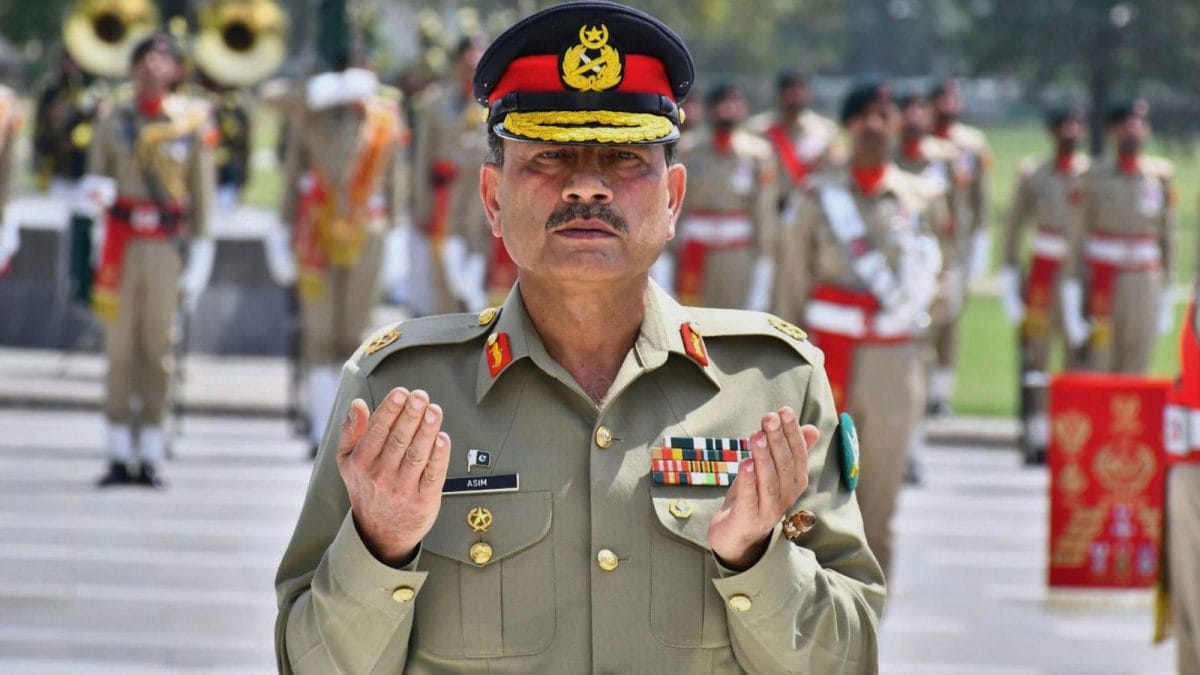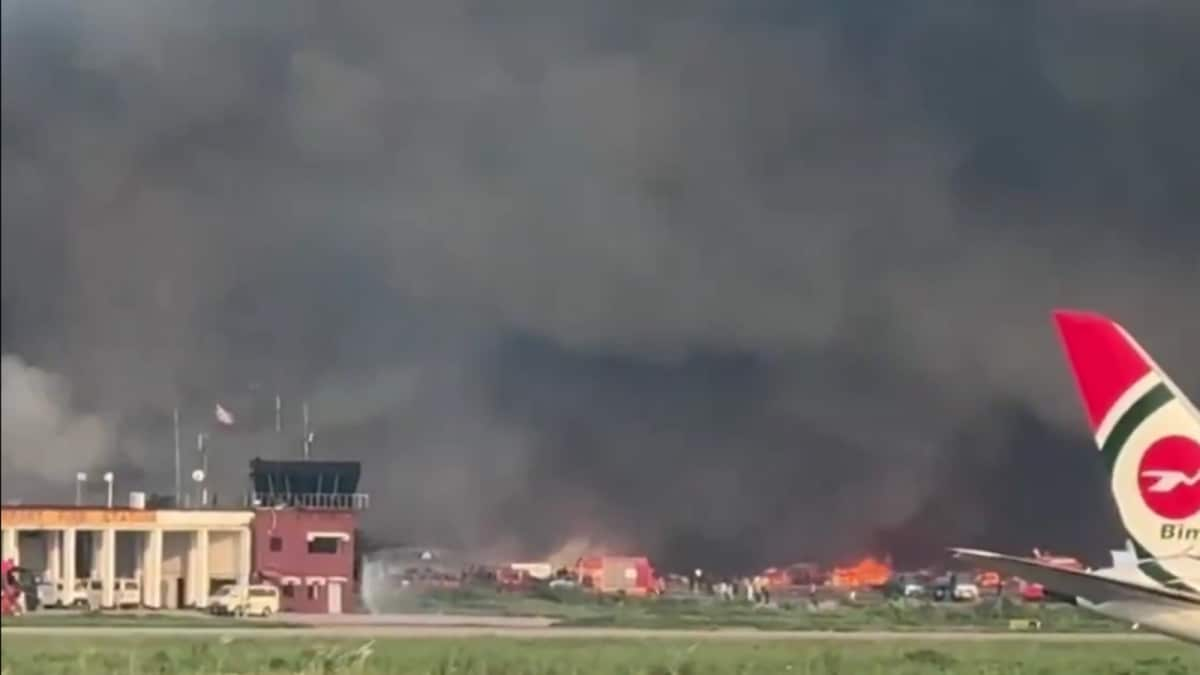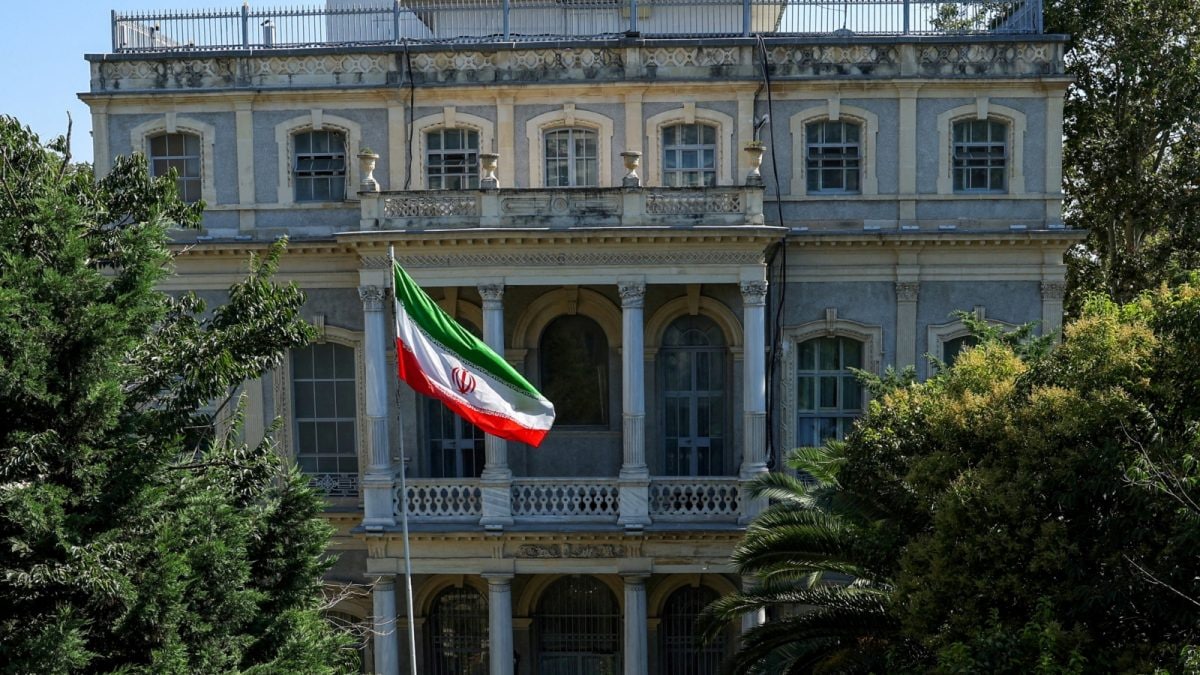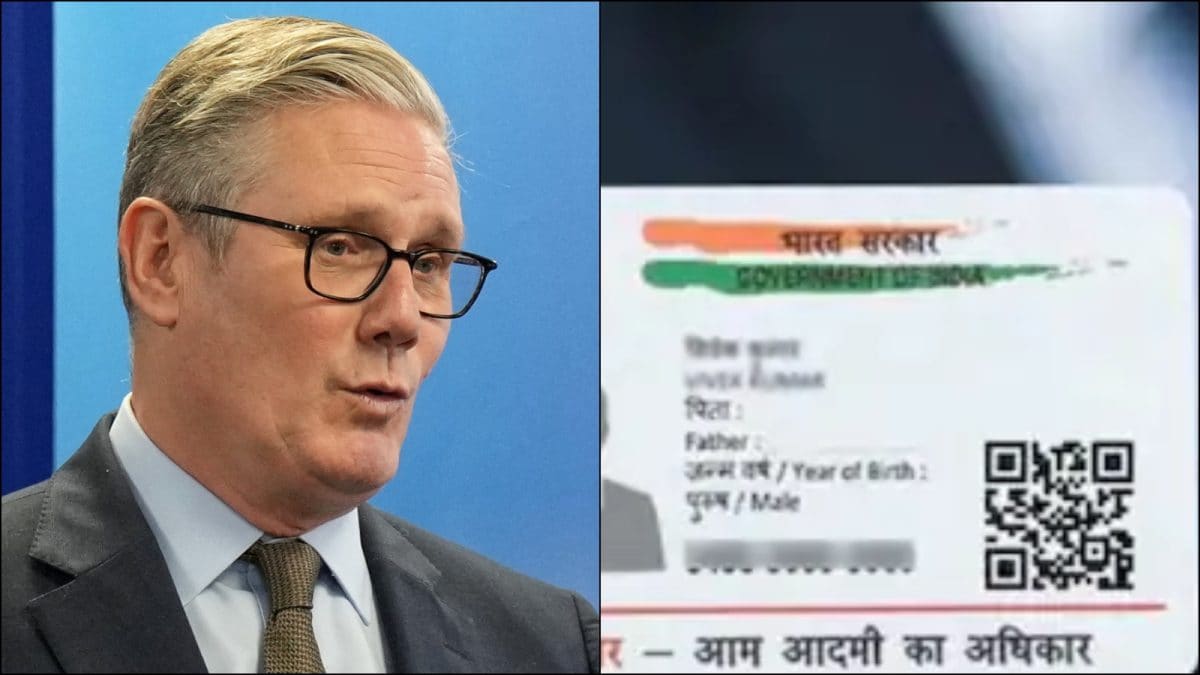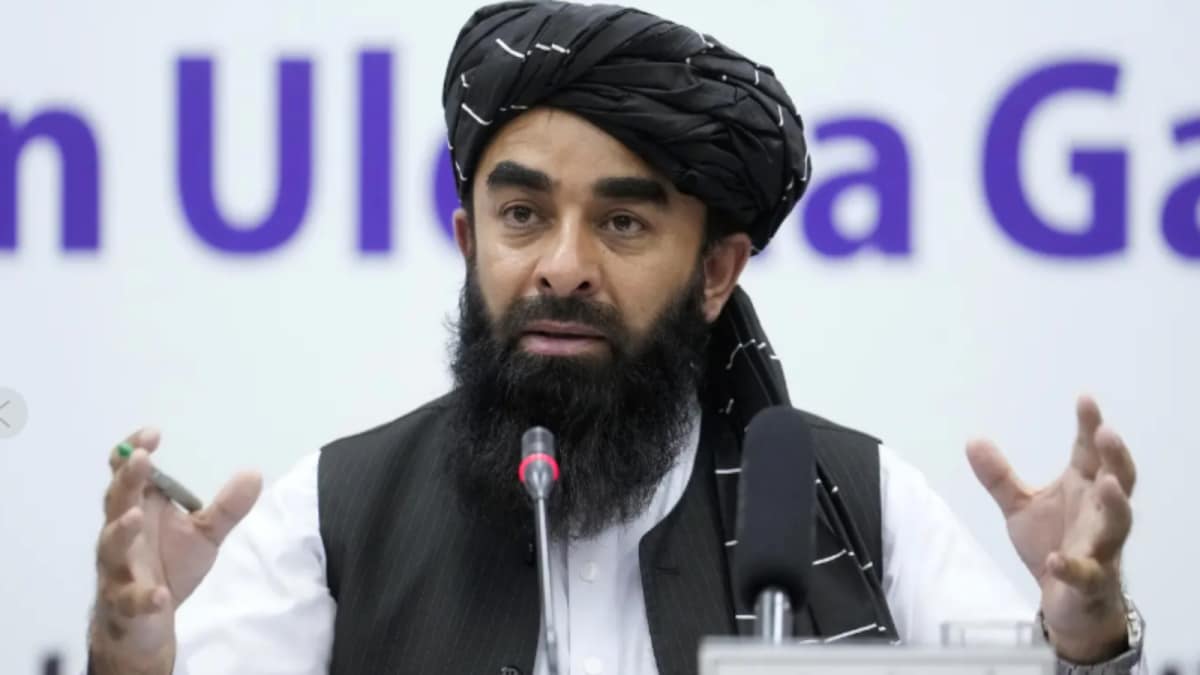Last Updated:October 18, 2025, 12:10 IST
As tensions escalate after deadly airstrikes and civilian deaths, here’s how Pakistan’s armed forces stack up against the Taliban’s battle-hardened fighters

Members of Taliban sit on a military vehicle during Taliban military parade in Kabul, Afghanistan. (IMAGE: REUTERS/REPRESENTATIVE)
Dozens have been killed over the past week in the deadliest round of clashes between Pakistan and the Taliban-led Afghan administration since 2021. From cross-border airstrikes and retaliatory ambushes to suicide bombings, the renewed hostilities have sharpened focus on the military capabilities of the two sides.
One is a nuclear-armed state with one of the world’s largest standing armies; the other, a battle-hardened Islamist group with limited resources but years of insurgency experience.
So how do the Taliban’s fighters really compare to Pakistan’s conventional armed forces? Can irregular guerrilla warfare disrupt a professional army backed by modern weapons?
Here’s a detailed look.
How Many Troops Do Pakistan And The Taliban Have?
Pakistan maintains one of the largest standing armies in the Muslim world, with between 650,000 and 660,000 active-duty personnel. According to the Institute for Strategic Studies, this includes 560,000 troops in the army, 70,000 in the air force, and 30,000 in the navy. The country has traditionally benefited from strong recruitment and support from key defence partners like China.
However, even this manpower advantage is under strain. Moneycontrol reports that recruitment has slowed, desertions have reportedly increased, and morale has dipped, a reflection of the country’s broader economic turmoil and internal political churn.
Years of fighting proxy wars and repressing domestic dissent have left Pakistan’s forces overstretched, even as the military establishment continues to pour resources into nuclear and naval programmes.
In contrast, the Taliban field around 172,000 active personnel, with plans to expand to 200,000. Though lacking conventional structure or international training, their ranks include thousands of fighters seasoned by two decades of guerrilla warfare. Their lean and mobile nature has proven surprisingly difficult for a conventional force like Pakistan’s to contain along the porous and rugged border.
What About Training, Organisation And Special Forces?
When it comes to structure and specialisation, there is no real comparison. Pakistan’s armed forces are highly structured, featuring formal recruitment channels, long-term training programmes, and advanced command systems. The Special Service Group (SSG), its elite commando force, is divided into multiple battalions trained for air, sea, and mountain warfare. They are supported by air and naval special operations units and have access to modern weapons, helicopters, and real-time intelligence.
The Taliban, in contrast, have evolved from insurgent roots. Their forces are loosely organised, but they do field some elite units like Badri-313 and the Red Unit. Badri-313 fighters are often seen guarding strategic locations like the presidential palace or Kabul airport. They typically use captured US equipment, including M4 rifles, Humvees, and night-vision gear.
However, NDTV notes that their operational range is limited. “Their equipment… allows them to carry out short-range, high-impact operations but not the full range of missions a professional special forces unit can."
Similarly, the Red Unit, previously their most feared assault group during the insurgency, relies on guerrilla tactics and small-squad manoeuvres, rather than conventional formations. Their training, often linked to the Haqqani network, is focused and combat-oriented but lacks the longevity and complexity of Pakistan’s special operations schooling.
How Do Their Weapons, Tanks And Artillery Compare?
On paper, Pakistan holds a major edge, with more than 6,000 armoured vehicles and over 4,600 pieces of artillery. But equipment strength is not always matched by operational readiness. Many of these platforms are ageing, and frequent reports of technical failures and ammunition shortages raise doubts about operational readiness.
Much of the firepower is sourced from China, where long-term maintenance and spare parts access can be complicated by geopolitical shifts.
The Taliban possess a limited number of armoured vehicles, many of them Soviet-era tanks and American Humvees left behind after the US withdrawal in 2021. Their exact inventory is unclear, and there’s little evidence that all the seized equipment is operational. According to Reuters, “The precise number of artillery they possess, which is of at least three different types, is similarly not known."
Who Controls The Skies?
Pakistan clearly dominates the air. The Pakistan Air Force (PAF) operates around 465 combat aircraft and more than 260 helicopters, spanning roles from multi-role jets to attack and transport choppers. However, even this advantage has its limits. In high-altitude border areas, Taliban fighters have managed to evade detection and inflict damage through ambushes and low-tech drone usage.
Some of Pakistan’s Chinese-supplied aircraft have faced maintenance issues and grounding orders, which has occasionally affected air dominance.
The Taliban, on the other hand, have no functional air force. They control around six old aircraft and 23 helicopters, some dating back to the Soviet era, but the number that are flight-ready is questionable.
Is Pakistan’s Nuclear Capability A Deciding Factor?
Strategically, Pakistan’s nuclear arsenal, estimated at 170 warheads, represents a powerful deterrent, especially against regional rivals. Yet, this nuclear strength has done little to prevent border incursions or halt the erosion of Islamabad’s regional influence.
Afghanistan, under the Taliban, has no nuclear weapons and no programme in place to pursue them. Its warfare model relies on ground-based tactics, insurgency networks, and asymmetric conflict.
What’s Fuelling The Current Escalation?
At the heart of the ongoing clashes lies the issue of cross-border militancy. Pakistan claims that factions such as the Tehreek-e-Taliban Pakistan (TTP), responsible for a spate of attacks on its soil, operate freely from bases in Afghanistan. The Taliban administration denies giving safe haven, but has done little to restrain such groups.
The situation flared up again after a deadly suicide bombing in North Waziristan, which killed seven Pakistani paramilitary troops. Islamabad blamed the Hafiz Gul Bahadur Group, linked to the TTP, and launched what it called “precision aerial strikes" inside Afghanistan in retaliation. AFP quoted Afghan officials as saying the strikes, which came after a brief 48-hour truce, killed at least 10 people.
One of the most high-profile incidents occurred in Afghanistan’s Paktika province, where a Pakistani airstrike reportedly killed three Afghan cricketers and five other civilians. In a strongly worded statement, the Afghanistan Cricket Board called it “a cowardly attack carried out by the Pakistani regime," adding: “The Afghanistan Cricket Board expresses its deepest sorrow and grief over the tragic martyrdom of the brave cricketers from Urgun District in Paktika Province, who were targeted this evening."
The board also announced its withdrawal from an upcoming tri-nation series involving Pakistan and Sri Lanka, calling it “a gesture of respect to the victims."
Against this backdrop, Islamabad is under rising domestic pressure to avoid what some view as another strategic setback after its faceoff with India during Operation Sindoor. The latest border escalation with the Taliban risks further destabilising Pakistan’s western frontier.
So Who Has The Upper Hand?
Militarily, Pakistan remains far superior in terms of size, structure, firepower, and technology. Its forces are formally trained, globally linked, and equipped with advanced hardware. However, its effectiveness is increasingly undermined by internal instability, morale issues, and an overdependence on external suppliers like China and Turkey.
The Taliban, by contrast, operate with fewer resources but have demonstrated an ability to adapt quickly, strike strategically, and survive. Their fighters are motivated, experienced, and comfortable in difficult terrain. Yet their limitations are clear: lack of airpower, limited command structure, weak logistics, and minimal international support.
As the situation unfolds, it remains to be seen whether these asymmetries will deter further clashes, or simply push both sides into another cycle of retaliatory violence.

Karishma Jain, Chief Sub Editor at News18.com, writes and edits opinion pieces on a variety of subjects, including Indian politics and policy, culture and the arts, technology and social change. Follow her @kar...Read More
Karishma Jain, Chief Sub Editor at News18.com, writes and edits opinion pieces on a variety of subjects, including Indian politics and policy, culture and the arts, technology and social change. Follow her @kar...
Read More
First Published:
October 18, 2025, 11:29 IST
News explainers Pakistan’s Military Vs Taliban Fighters: Who Holds The Advantage? Explained
Disclaimer: Comments reflect users’ views, not News18’s. Please keep discussions respectful and constructive. Abusive, defamatory, or illegal comments will be removed. News18 may disable any comment at its discretion. By posting, you agree to our Terms of Use and Privacy Policy.
Read More

 10 hours ago
10 hours ago

